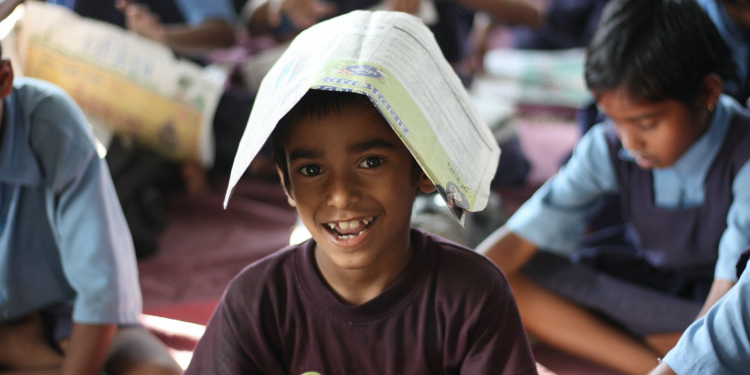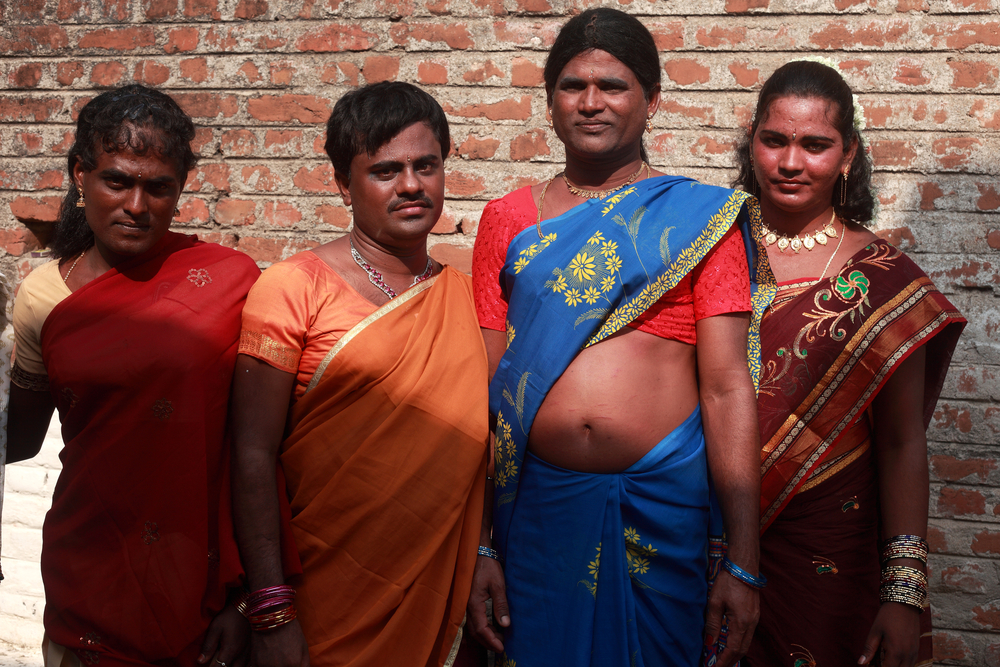Improving And Expanding Education In India

Introduction: The Missing Necessities
In certain areas of the world, such as India, education is not emphasized as much as it should be. This is especially common in rural and impoverished areas. In these areas, manual labor is valued, and generations of families spend their lives working in agriculture with barely enough money to live on. Manual labor can be important to families for many reasons, including physical health or family tradition. Furthermore, only 45.2 percent of eighth-graders who were enrolled in rural schools could read simple English sentences, and only 43.3 percent could perform three-digit division problems. Education in India should be valued more by the people as well as the government. The Indian government only spends 14.1 percent of its gross domestic product on public education. More money should be spent on education, specifically in poorer areas. The Indian government should look for inspiration in Western countries such as the United States, where the education system is exceedingly valued. Companies such as Microsoft are helping India’s education advance, but true evolution is only possible if Indian citizens take part.
Although families may have mentalities that manual labor is the proper way of making a living, bringing attention to the lack of quality education in India is crucial, as good education has many benefits and prepares children for a life where they can create opportunities for themselves. The existing system of education should also be reformed to give scholars better quality education and more freedom to pursue what they enjoy studying, and there are numerous potential solutions for these problems.
The Struggling Areas
Currently, education in India is compulsory for kids aged 6 through 14, which encapsulates grades 1-8. From there, students usually go on to secondary school for two years, then senior secondary school for two more. India has the second-largest school system in the world, after China. However, it does not seem to be very effective, as India had 47 million children who dropped out of school before grade 10 in 2013. There are many faults in the system, including high student-to-teacher ratios, emphasis on mathematics and science, and poorly-educated teachers. In 2014, the student-to-teacher ratio for elementary education throughout India was about 25 to 1. As the population grows, it is reasonable to say that this ratio will increase steadily. The Indian education system values mathematics and science, and kids feel pressured to go into fields related to these subjects. The most notables colleges in India are those in the Indian Institutes of Technology, whose acceptance rates are almost always under two percent, and whose majors are, notably, in science and math. An additional problem is the lack of training for primary school teachers. Many teachers are not trained professionally, and due to the high student-to-teacher ratios, they cannot develop very meaningful relationships with their students. These circumstances make teachers seem like basic employees, only doing what they are told and nothing more.
Vital Improvements
Although India’s education system is flawed, there is no reason why these problems cannot be fixed. One solution is to base the system on one from the Western world, such as the United States. Teachers in India should receive more professional training, so they can have better relationships with their students and teach them more effectively. They would gain more respect as well and possibly influence more students to stay in school for longer. Stress on mathematics and science should also be relieved, and subjects having to do with language or history should be just as important. This way, competition would be eased and a variety of jobs would be opened up. The parents of primary-school children should be informed of the opportunities it creates, so they stress the importance of it to their children as well. This should be directed towards impoverished areas, where children could bring out their best selves through studying and finding a job which makes them financially stable.
Directly Helping Children In Need
If the Indian government takes action to make these changes possible, millions of Indian children would gain opportunities for better lives. Microsoft is working to improve education in India as well, through five major projects. The first is Project Shiksha, directed towards classrooms which lack the technology to aid education, in which teachers participate in a program to build computer skills to teach to their students. Another is Project Shaskam, which trains teachers to technologically modernize classrooms and bring more technology-based learning to schools. A third is the concept of Showcase Schools, which focuses on personal relationships and leadership skills, connecting teachers to their students. The final two are Microsoft Academia Accelerator and Microsoft Innovative Educator, which advocate for technological use in Indian classrooms. People from around the world can get involved and make a difference through donating to children or sponsoring their education, which could change the of a child.
Conclusion
Education should be universally available and important. Families that value manual labor, specifically those in the poorer areas of India, should turn to education because of the opportunities it provides. Compared to the benefits of education, the benefits of manual labor seem minuscule. Free education throughout the world would have a number of positive effects, including the reduction of poverty, the improvement of health, the increase of gender equality, and more. By being educated, children can create opportunities for themselves, as well as make the most out of their abilities. The world is advancing through technology, and the youth around the world must advance with it. In India, Western school systems should have more of an influence, where scholars are free to pursue their interests and make a career out of them. Education should be especially important in impoverished areas of India, where children could receive education and give back to their community. As more children educate themselves and create opportunities, the world can only improve.
